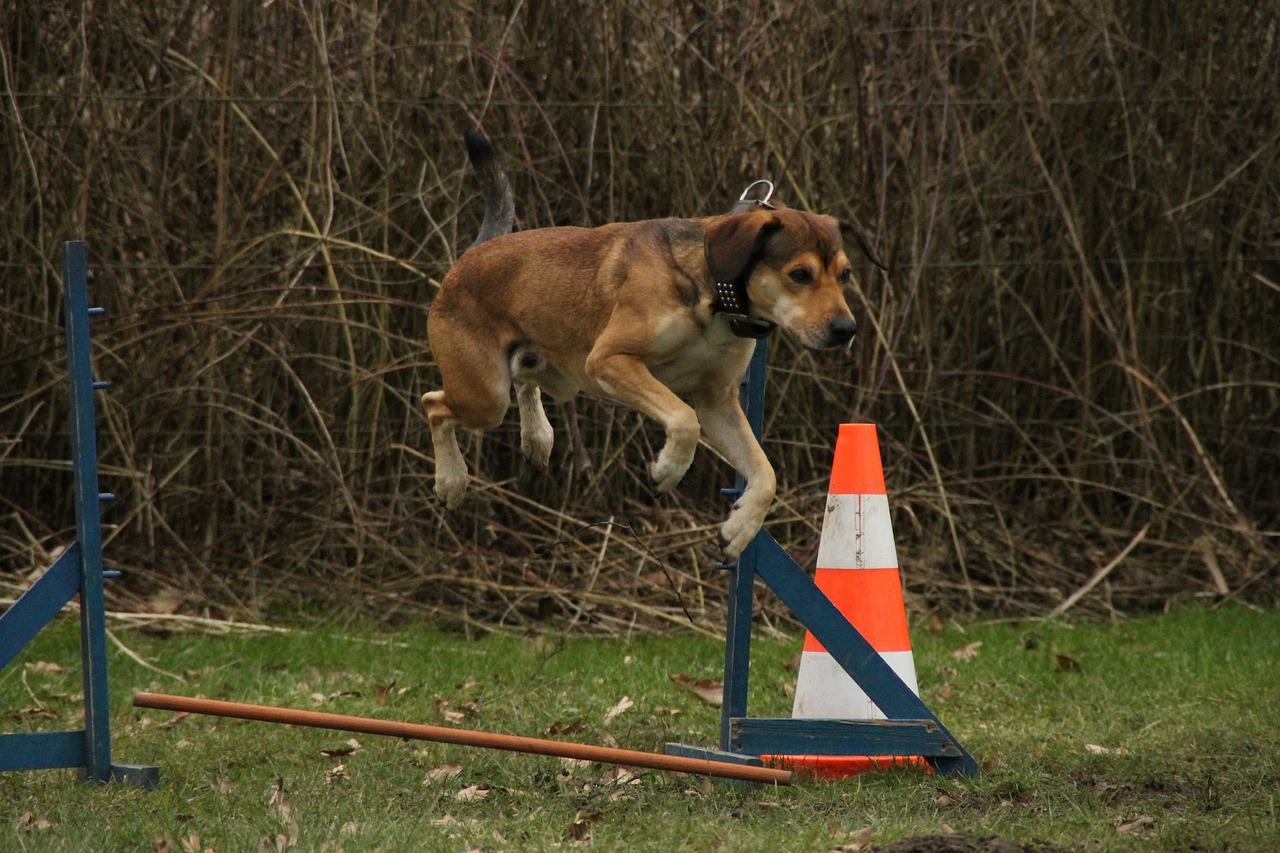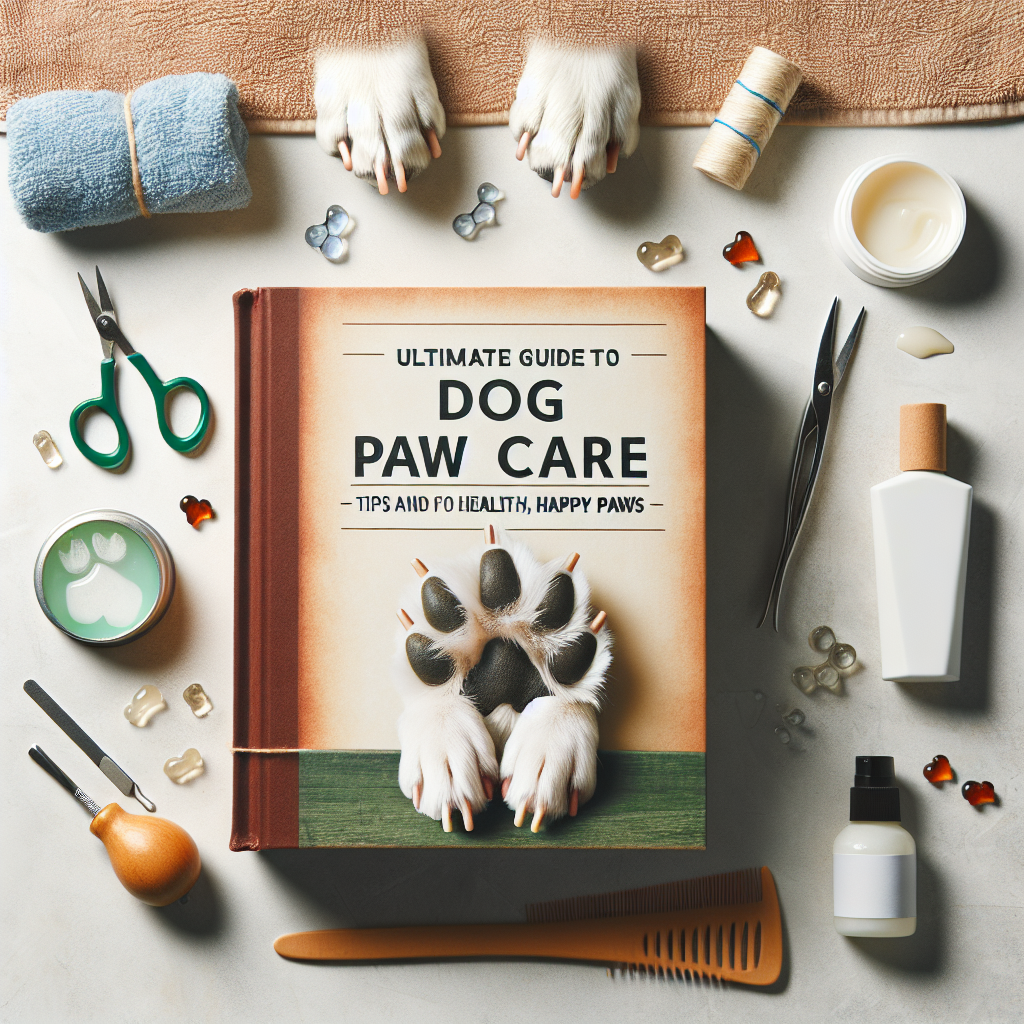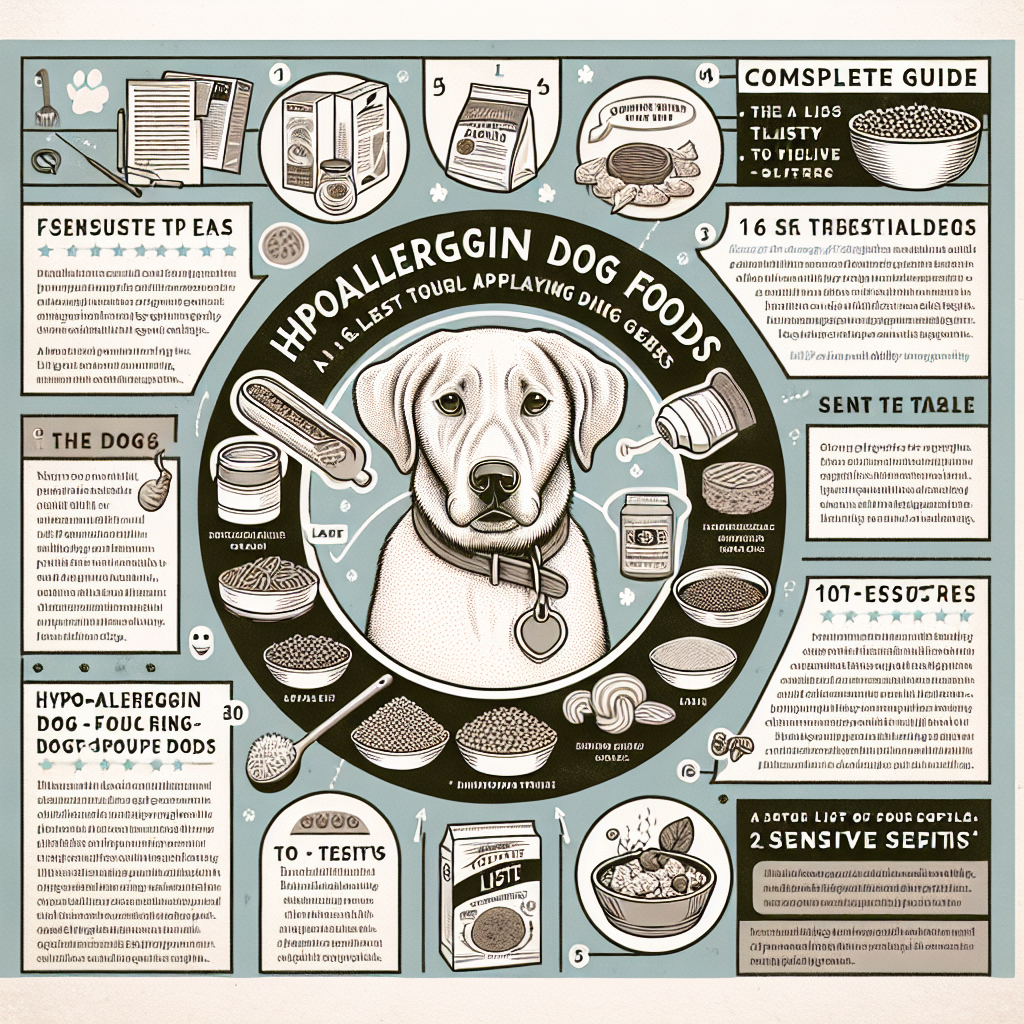
Pets, especially dogs, are more than just animals that live in our homes; they are our faithful companions, our confidants, and often integral parts of our families. Ensuring their well-being is not just about feeding them or taking them to the vet; it involves a comprehensive approach that includes proper exercise. Physical activity is paramount for dogs, contributing to their physical health, mental stimulation, and overall happiness.
In this extensive article, we will explore the top 10 effective dog exercise routines to keep your furry friend fit and happy. These exercises range from simple walking to more complex training routines, ensuring that there is something suitable for every dog regardless of age, size, or breed.
1. Daily Walks
Importance
Daily walks are the cornerstone of any dog exercise routine. They not only provide your dog with the opportunity to expend energy but also offer mental stimulation through exposure to different environments, smells, and sounds.
Execution
- Duration: Aim for at least 30 minutes to 1 hour per day, split into two sessions—morning and evening.
- Leash: Use a sturdy leash and harness to prevent accidents.
- Routes: Vary the walking routes to keep things interesting for your dog.
Tips
- Ensure your dog is properly hydrated.
- Avoid walking during extreme weather conditions.
- Be mindful of your dog’s pace; some dogs may prefer a brisk walk while others enjoy a leisurely stroll.
2. Fetch Games
Importance
Fetch games are fantastic for high-energy dogs. This activity sharpens their focus, strengthens their muscles, and enhances their agility.
Execution
- Location: An open space like a park or a fenced backyard.
- Tools: Use a ball, frisbee, or any favorite toy.
- Commands: Teach your dog commands like "fetch," "drop it," and "stay."
Tips
- Supervise your dog during fetch to prevent them from chewing on the toy.
- Ensure the object you’re using is safe and not too small to avoid choking hazards.
- Vary the toys to maintain your dog’s interest and excitement.
3. Agility Training
Importance
Agility training involves navigating through a series of obstacles like tunnels, jumps, and weave poles. It significantly boosts your dog’s physical stamina and cognitive skills.
Execution
- Equipment: Purchase or build agility equipment such as tunnels, ramps, and hurdles.
- Training: Start slowly by introducing one obstacle at a time.
- Rewards: Use treats and praise to encourage your dog.
Tips
- Always ensure safety; avoid overexerting your dog.
- Progress at a pace comfortable for your dog.
- Agility training is ideal for energetic and agile breeds like Border Collies and Australian Shepherds.
4. Swimming
Importance
Swimming is a low-impact exercise suitable for dogs with joint issues or those recovering from injuries. It engages multiple muscle groups without putting stress on the joints.
Execution
- Safety: Use a doggy life jacket, especially for beginners.
- Locations: Pools, lakes, or dog-friendly beaches.
- Supervision: Always supervise your dog while swimming.
Tips
- Use floating toys to encourage your dog to swim.
- Gradually introduce your dog to water to avoid fear.
- Rinse your dog after swimming to remove chlorine or salt.
5. Running and Jogging
Importance
Running and jogging are excellent ways to burn off excess energy, improve cardiovascular health, and strengthen muscles. This is ideal for medium to large breeds that require more intense exercise.
Execution
- Leash: Use a specialized running leash that attaches to your waist.
- Pacing: Start with light jogging and gradually increase speed and distance.
- Routes: Choose safe and dog-friendly paths.
Tips
- Check with your vet before starting a running regimen for your dog.
- Avoid running on hot pavement to prevent paw pad burns.
- Keep your dog hydrated during and after the run.
6. Interactive Toys and Puzzles
Importance
Interactive toys and puzzles provide mental stimulation, enriching your dog’s cognitive abilities and keeping them engaged. This is particularly useful for intelligent breeds like Poodles and German Shepherds.
Execution
- Types: Puzzle feeders, treat-dispensing toys, and interactive games.
- Engagement: Supervise initially to show your dog how to engage with the toys.
- Rotation: Rotate toys to maintain interest.
Tips
- Choose toys appropriate for your dog’s size and chewing habits.
- Reward your dog for solving the puzzles.
- Gradually increase the difficulty of the puzzles.
7. Hide and Seek
Importance
Hide and seek games tap into your dog’s natural hunting instincts and provide excellent mental stimulation. It’s also a great way to bond with your pet.
Execution
- Command: Teach your dog the “stay” command.
- Hiding: Hide somewhere within your home or yard.
- Calling: Call your dog to find you.
Tips
- Start with easy hiding spots and gradually increase the difficulty.
- Use treats or toys as rewards for finding you.
- Involve family members to make the game more fun.
8. Tug-of-War
Importance
Tug-of-war is a fantastic exercise for building your dog’s strength and improving their dental health. It also helps in reinforcing training commands like “drop it.”
Execution
- Toy: Use a sturdy tug toy made of durable material.
- Rules: Teach your dog basic rules like starting and stopping on command.
- Encouragement: Praise your dog during the game for good behavior.
Tips
- Avoid overly aggressive play to prevent injuries.
- Ensure the game remains fun and doesn’t frustrate your dog.
- Stop the game immediately if your dog becomes too rough.
9. Dog Sports
Importance
Participating in organized dog sports can be incredibly beneficial for physical conditioning, mental stimulation, and socialization. Various sports like flyball, herding, and scent work are tailored to different breeds’ natural abilities and instincts.
Execution
- Training: Enroll your dog in classes or clubs specializing in the sport.
- Practice: Regularly practice at home or designated facilities.
- Participation: Enter local competitions or events to enhance the experience.
Tips
- Choose a sport that suits your dog’s breed, energy level, and interests.
- Consistently reinforce training techniques.
- Keep the activities enjoyable to maintain your dog’s interest.
10. Hiking
Importance
Hiking is an excellent way to combine exercise with nature exploration. It’s ideal for adventurous dogs and provides varied terrain that challenges their physical capabilities.
Execution
- Preparation: Carry essentials like water, a first-aid kit, and treats.
- Leash: Use a long leash for better control.
- Routes: Choose dog-friendly trails and check for any local regulations.
Tips
- Check for ticks and other parasites after the hike.
- Be mindful of your dog’s physical limits and take breaks as needed.
- Use a dog backpack to allow your dog to carry some of their supplies.
Conclusion
Ensuring that your dog gets regular exercise is crucial for their overall health and well-being. The above-listed routines offer a diverse array of physical and mental challenges to suit different dogs’ needs. Remember that variety is key; switching up your dog’s exercise routines keeps things fresh and exciting. Whether it’s a simple walk around the block, an intense agility course, or a playful game of hide and seek, these activities will help keep your furry friend fit, healthy, and happy.
Importantly, always consult your veterinarian before starting any new exercise regimen, especially for senior dogs or those with pre-existing health conditions. Tailoring the exercise to your dog’s individual needs and preferences will ensure a more enjoyable and beneficial experience for both you and your beloved pet.
By committing to a consistent and varied exercise routine, you’re investing in the long-term health and happiness of your furry friend, ensuring many joyous years together. Happy exercising!
#ChatGPT assisted in the creation of this article.





